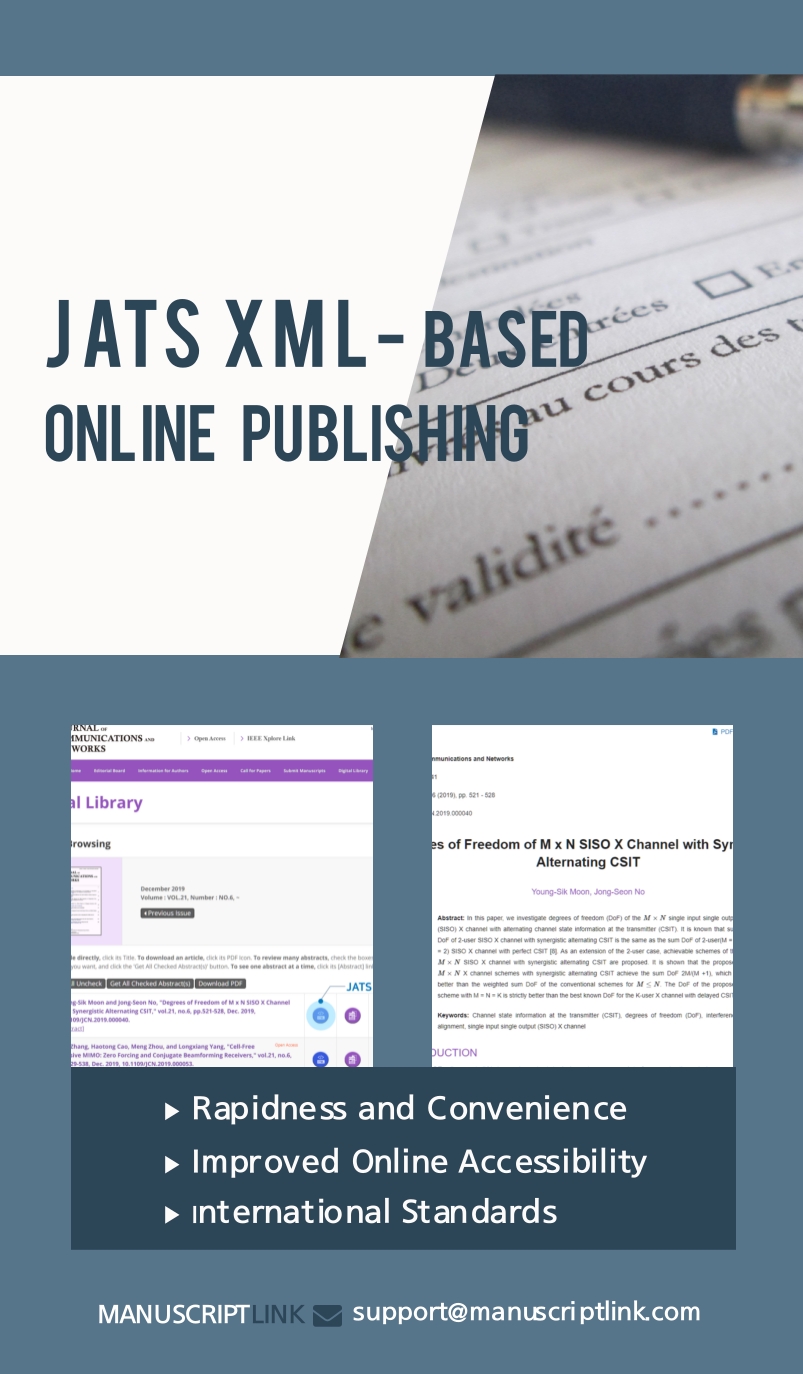Sensors 2025 Special Issue "Remote Sensing, Geophysics and GIS"
- URL: https://www.mdpi.com/journal/sensors/special_issues/SYOSPK3OJ5
- Call For Paper Type: SI
- H2 Index: 0
- Submission Date: 2025-11-30
Dear Colleagues,
The integration of remote sensing and Geographic Information Systems (GIS) has revolutionized geophysics, providing geophysicists with unprecedented insights into Earth's subsurface dynamics. Remote sensing captures detailed spatial data from a distance, while GIS enables its integration, analysis, and visualization, facilitating the investigation of geological phenomena, subsurface mapping, and resource management.
Remote sensing satellites equipped with sophisticated sensors, including multispectral, hyperspectral, and synthetic aperture radar (SAR), collect vast amounts of data with remarkable spatial and temporal resolution. These data offer valuable insights into surface features, terrain characteristics, and environmental changes, supporting comprehensive geological studies. GIS serves as the digital backbone for organizing, analyzing, and interpreting geospatial data collected through remote sensing. By integrating remote sensing imagery with other geophysical datasets, such as gravity and magnetic and seismic data, GIS facilitates the development of comprehensive geological models and the identification of subsurface structures. GIS-based spatial analysis tools enable the precise delineation of geological boundaries, the characterization of rock formations, the vulnerability and damage assessment of natural disasters, and the mapping of potential mineral deposits.
This Special Issue aims to explore the multifaceted applications and advancements at the intersection of remote sensing, GIS, and geophysics. Through original research articles, case studies, and reviews, we showcase innovative methodologies, tools, and approaches for leveraging remote sensing and GIS technology in geological exploration, subsurface mapping, and environmental monitoring.
Dr. Muhammad Tauhidur Rahman
Dr. Muhammad Bilal
Keywords
- remote sensing
- GIS
- geophysics














